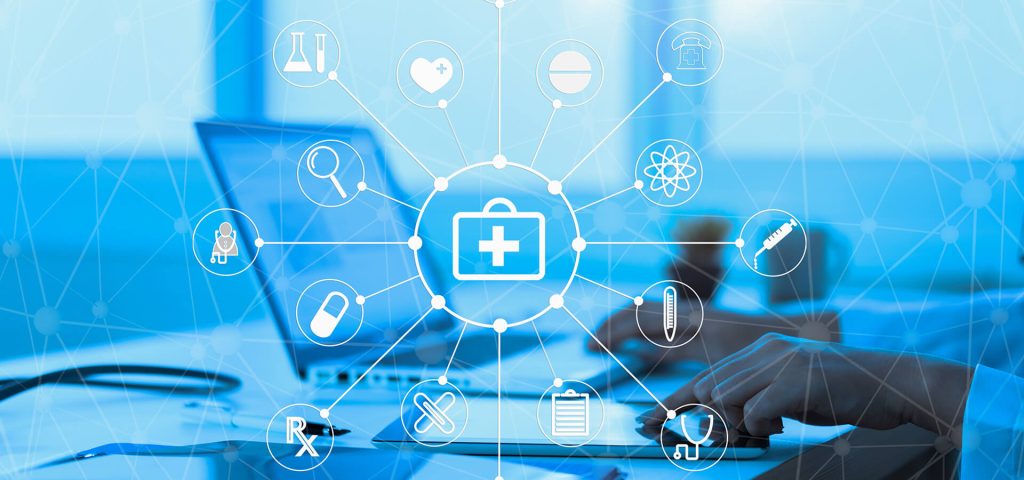Telehealth Trends in 2019

As telehealth grows to new specialties and organizations across the world, the technology continues to evolve to provide more convenience and enhanced treatment tools. The global push to increase access to care is going to bring telehealth to patients in nearly every corner, and new integrated tools and simpler to use interfaces have emerged. The changes represent a general excitement and interest in innovative treatment for telemedicine trends in 2019, and they offer significant changes to the telehealth landscape.
Better Understanding
The biggest change in the telehealth landscape in 2019 is the general understanding of what is telehealth. In the past, telehealth has been met with resistance due to a lack of understanding of the availability and ease of use of the technology. As insurers, health systems and providers are introduced to the concept and evidence-based practices, comfortability with the tools is more commonplace. Individuals are more comfortable with the technology, and providers have learned about scenarios and opportunities telehealth is impactful with their patients. As reimbursements grow and become more common, telehealth excitement and proliferation grows.
Patient Excitement
Patients are excited to see physicians from home or work without having to travel. They are happy to wait at home rather than a crowded waiting room, and they are eager to reduce the hassle of receiving medical treatment. For non-emergency treatment, patients are educated on how to connect via their mobile device or computer, and ease of access is becoming more of a standard than an ancillary service.
Health Connected-Patients
Devices that allow patients to track their health can be bought at nearly every electronics store. This means that patients are more in-tune with their health, and that can translate into better outcomes for telehealth. The most recent incarnations of smart devices employ a version of heart rate trackers and blood pressure monitors that allow patients to electronically track their activity. Blood glucose meters now sync with smartphones, and pulse oximeters come with bluetooth chips. This information can be easily transmitted to providers via secure messages, which makes the distance evaluation more effective. While these tools are not often directly integrated into the telehealth software, the availability of tracked data enhances the treatment experience for patients and empowers providers to make treatment decisions based on a body of data, rather than just a single moment in time.
No Software
The easier the platform, the better. In 2019, expect the best platforms to operate without any software to download. Patients should be able to log in with just a few clicks. Patients can become as autonomous as the practice wants, with the most flexible platforms offering patients scheduling, rescheduling and cancellation. Platforms will move the burden of patient management from humans to servers as the innovations in scheduling and on-boarding from other industries makes it way to healthcare.
Growing Platforms
Telehealth can no longer be just a video connection. Telehealth platforms require robust schedulers, group scheduling tools, customized forms, messaging features, image transmission and more. The platform should offer integrations with EMRs to reduce double entry, and they should provide the full in-person experience to patients who are located at a distance. The best telehealth solutions make all of this available so that, regardless of the patient location, the provider has the full breadth of information that they need, and the patient receives the same robust treatment.
Telehealth is about the patient
The change in telehealth in 2019 focuses on the patient. While the convenience of telehealth solutions has been and still is the biggest advantage to the patient, convenience is not enough. It also has to be complete and patient-friendly. Patients should have access to their providers with just a few clicks, and providers should be able to offer the full in-person experience in a virtual platform. With tools like Mend, all of this can be achieved with a few taps on a mobile phone screen.